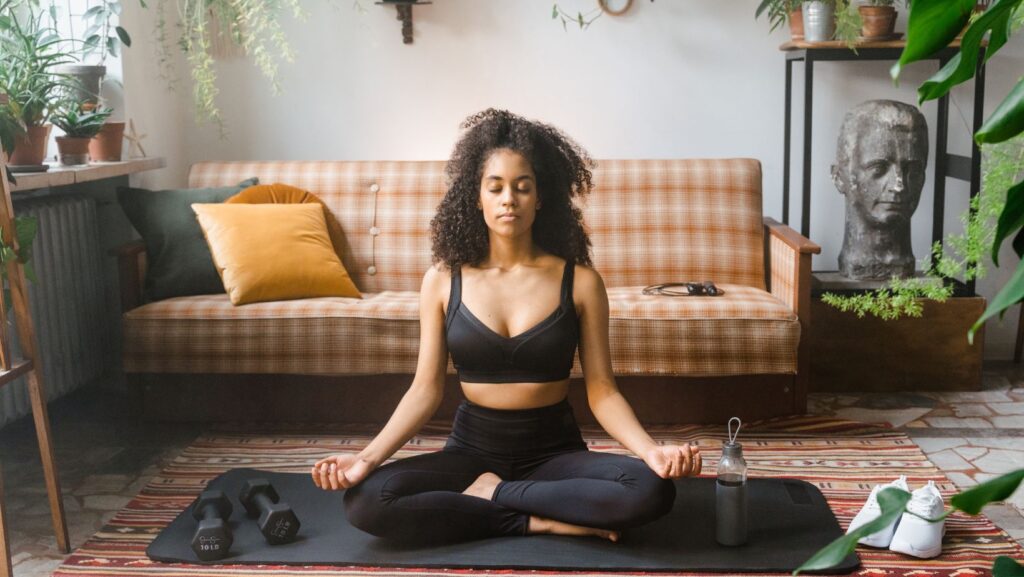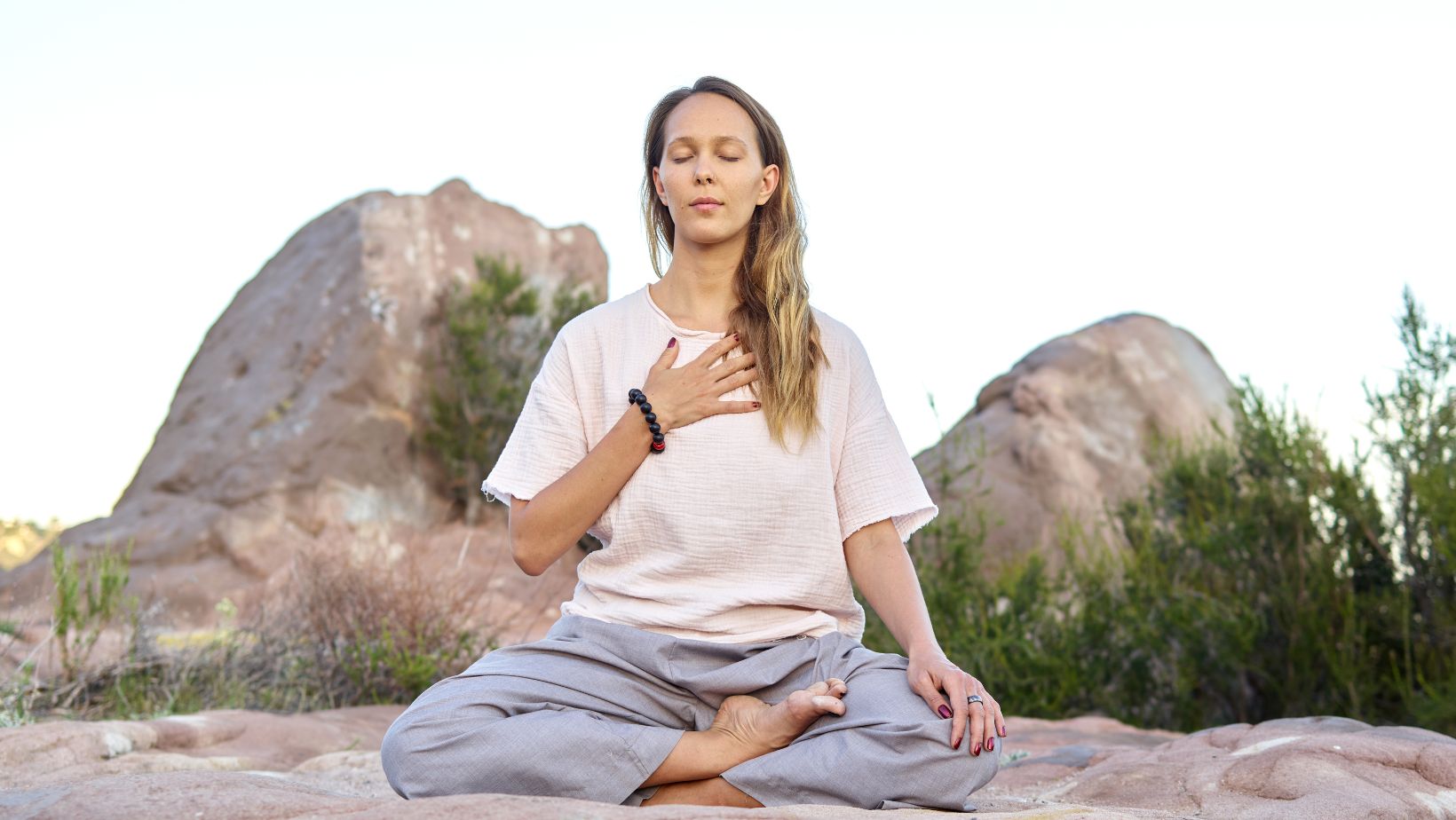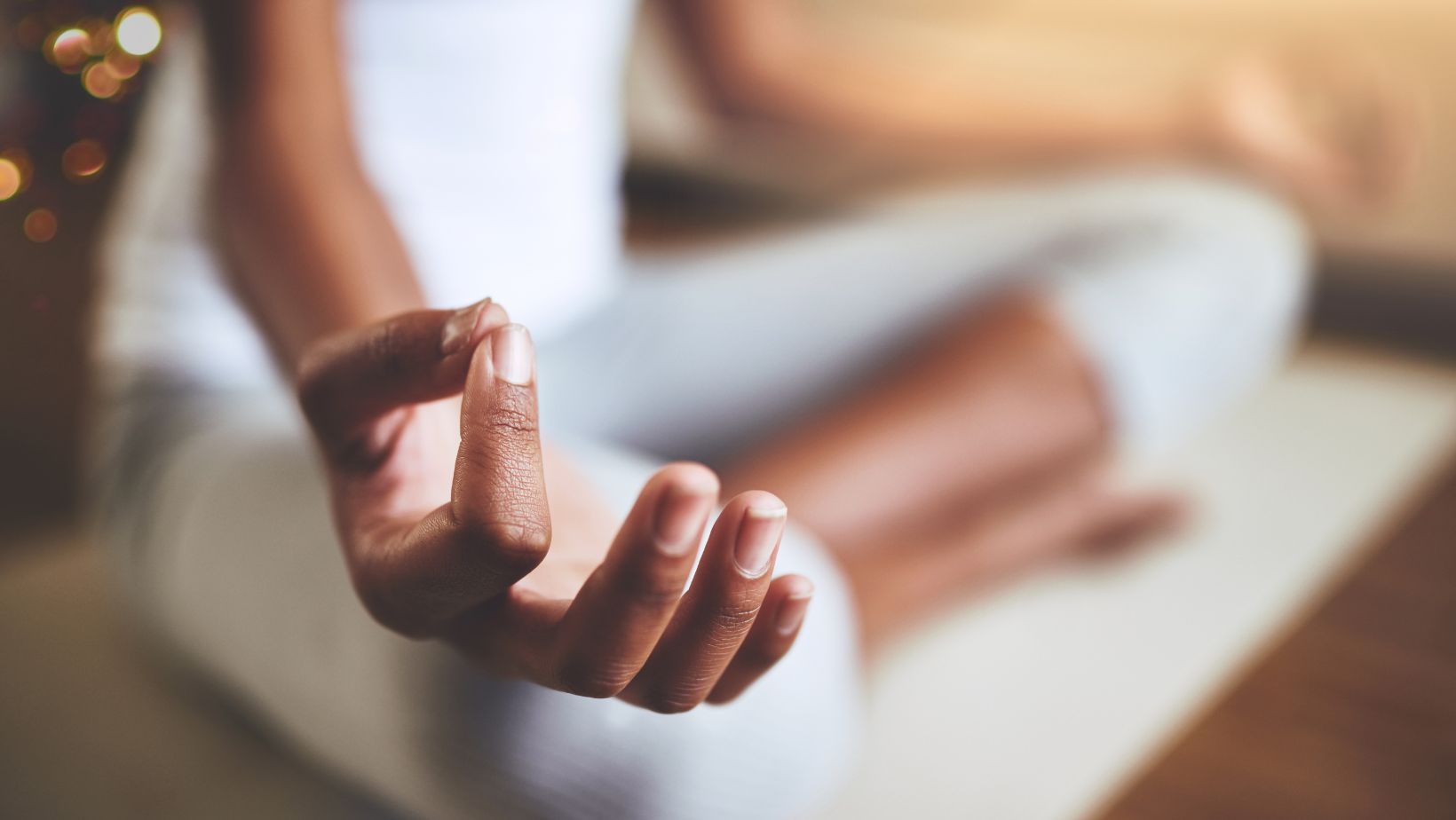
Ask yourself: what is meditation? Your answer will tell a lot about where you are now. Most think that meditation is about just sitting quietly. But that’s a misconception! It can help you connect your body and mind and feel better.
Your Guide to Meditation: 7 Easy Steps
Find a Quiet Spot
Before all else, you should find a quiet place. Ideally, it should be a place where you’ll be alone and no one will disturb you (don’t take your smartphone with you!).
Sit Comfortably
The trick here is to sit comfortably but keep your back straight (you’ll need it for breathing). In the first stages, you can lead on something for extra support. But as you advance, try to keep your posture without outer support.
Close Your Eyes
You can close your eyes or keep them slightly open, gazing softly before you. However, note that closed eyes can help you achieve better concentration and focus. At this point, your key task is to completely relax (both your body and mind).
If you feel tension in your muscles or can’t stop thinking about tasks, try natural aids such as blue lotus vapes. These have mildly sedating effects and can set the right tone for your session.
Breathe Naturally
Pay attention to your breathing—it’s an integral part of meditation. Don’t try to control it. Just notice the rhythm of your breath. See how it calms down throughout the session.
Focus on Your Breath
Now, concentrate on the sensation of breathing. Feel the air enter and leave your nostrils. If your mind wanders, gently bring it back to your breath.
Breathing in meditation engages your parasympathetic nervous system and helps you achieve better relaxation.
Start Small
Just a few minutes per day is enough at the beginning. Then, gradually increase the time as you get more comfortable with the practice. The whole meditation is about calmness and slowness, so there is no need to rush with the tempo and length — let the things develop as they develop.
Be Kind to Yourself
It’s normal for your mind to wander and for your breath to stumble. Don’t judge yourself. Simply return your focus each time. Meditating teaches you self-love, among other things. And it’s how it does the magic.
5 Reasons to Start Meditating
Why should you choose morning, midday, and evening meditation?
Reduce Stress
Meditation helps you relax. It works with your hormones to lower cortisol (that pesky stress hormone). While meditating, you focus on one thing instead of the speedy stream of thoughts. Thus, you debunk what’s been crowding your mind.
Improve Focus
Are you struggling to concentrate? Meditation trains your brain to stay on task—it’s like a workout for your mind.
There’s even a special brunch called focus meditation that works with these specific requests.
Better Sleep
Regular meditation can help you sleep better. It calms your mind and prepares your body for rest. If you struggle with this, add a few minutes of meditation to your bedtime routine.
Boost Your Mood
Meditation increases the production of serotonin, the “happy hormone.” It helps you feel more positive and balanced. Most commonly, people spot the first improvements in two weeks.
Enhance Self-Awareness
Meditation helps you better understand your thoughts and feelings and promotes a deeper connection with yourself. It can also help you develop your creativity and intuition.
All in all, meditation is a simple practice with powerful benefits. And as you now see, it’s not that difficult to take it up. Self-love, calmness, focus — these are only a few benefits you can get.












